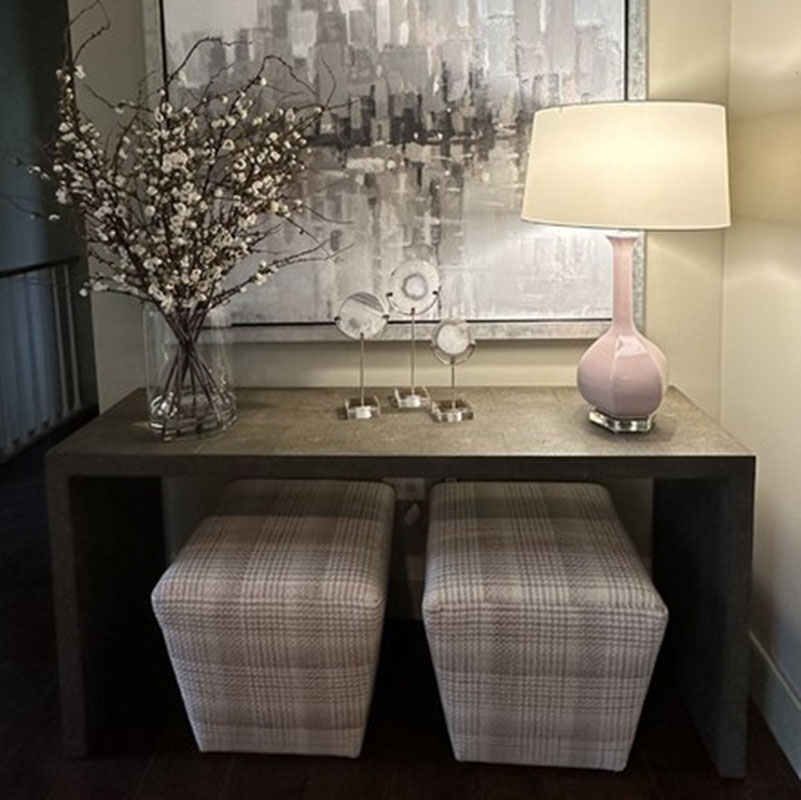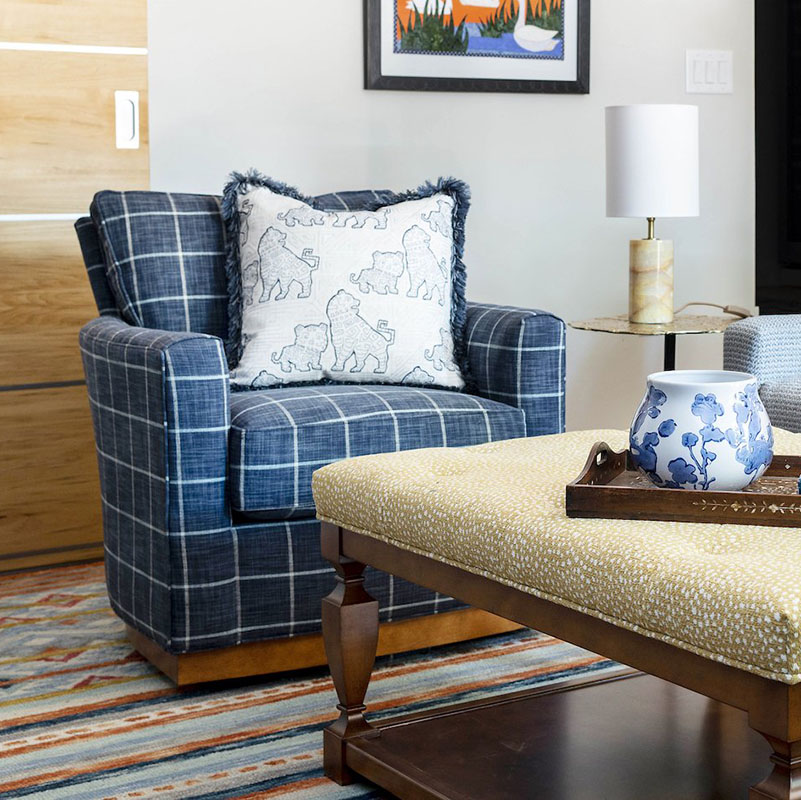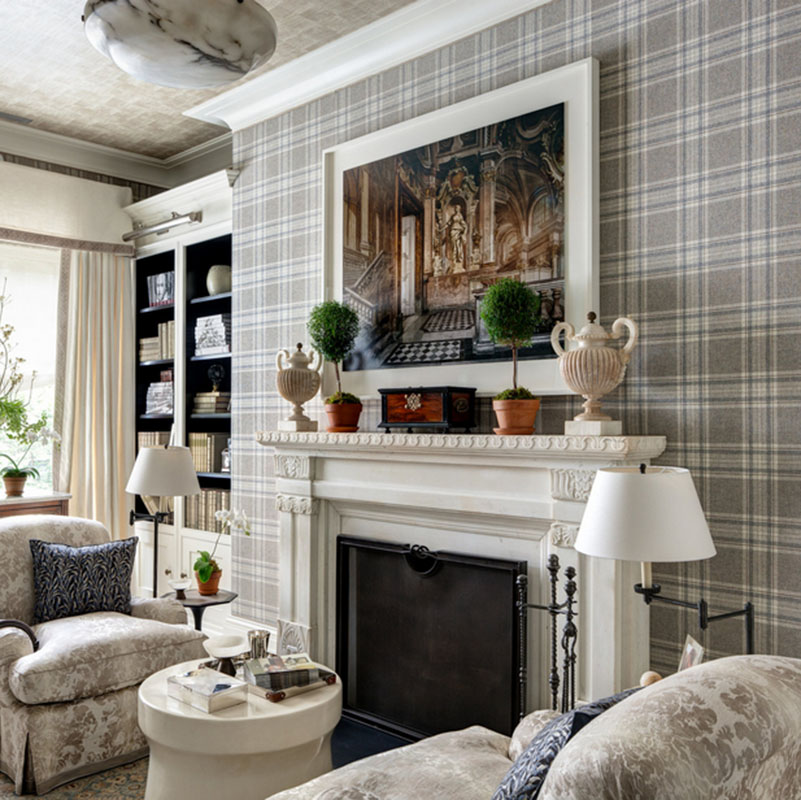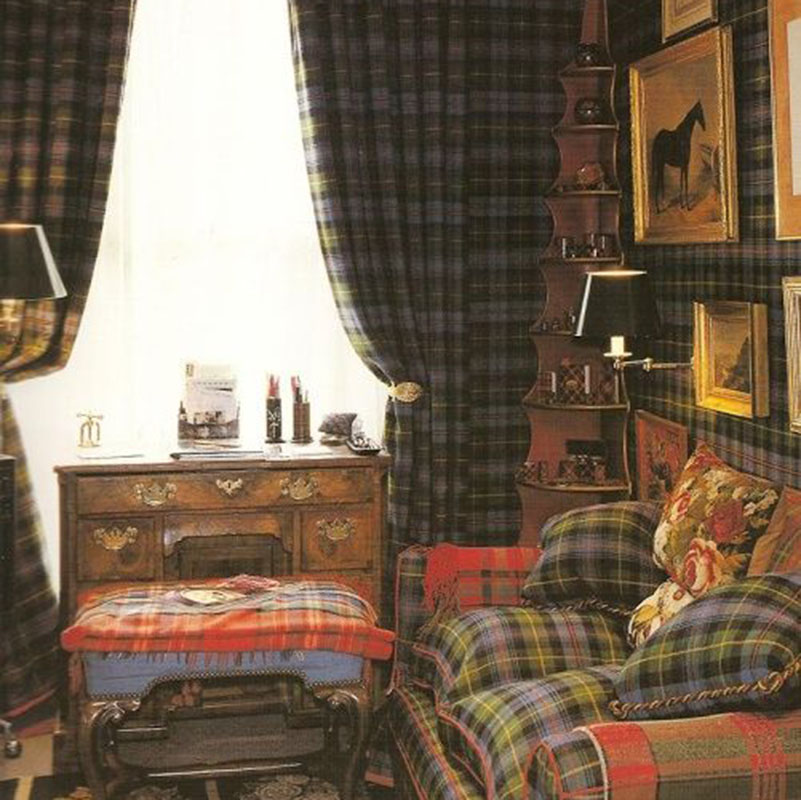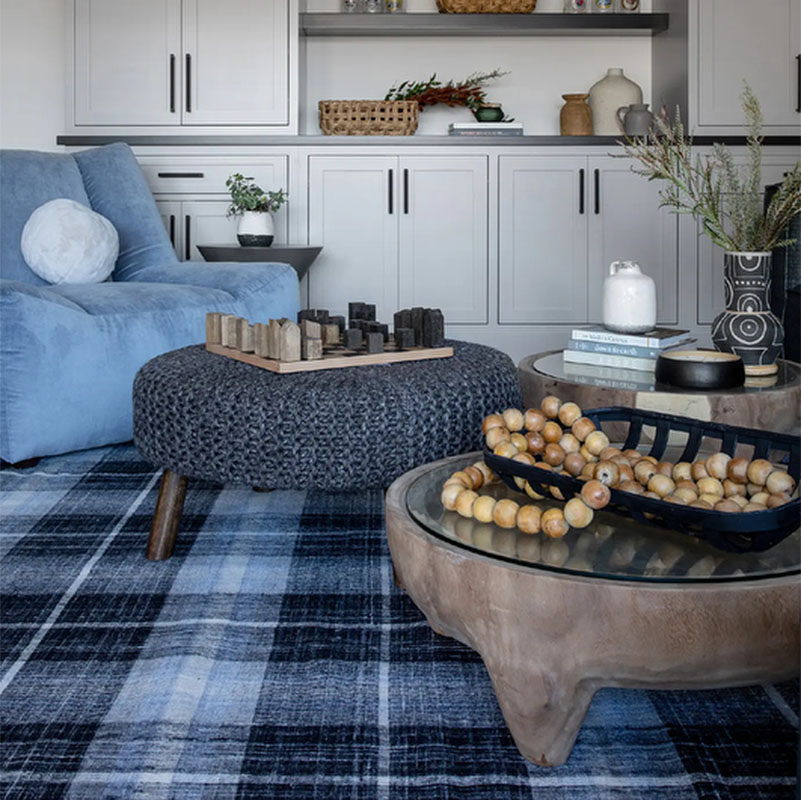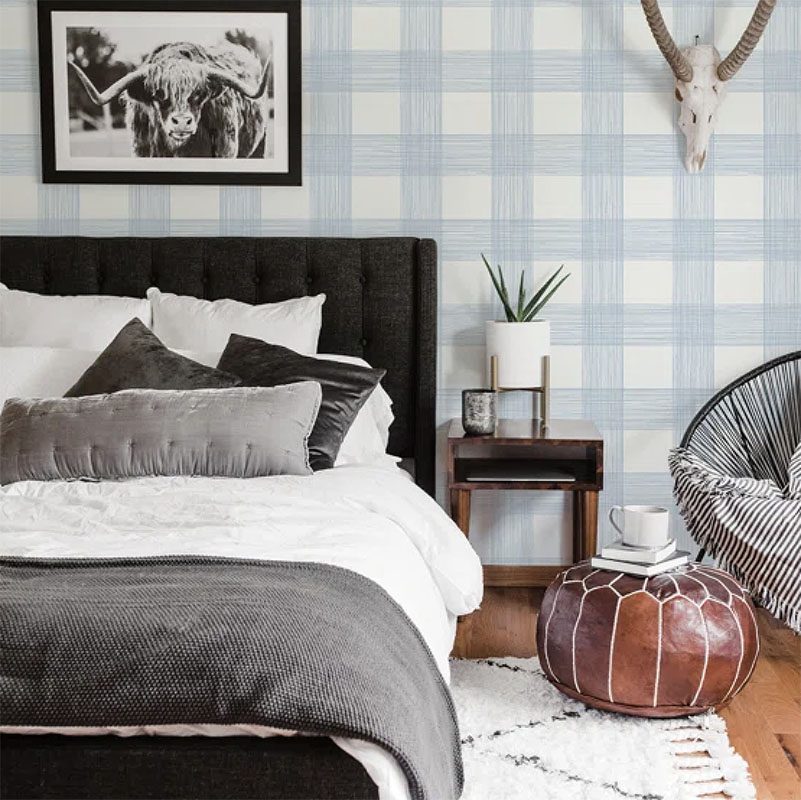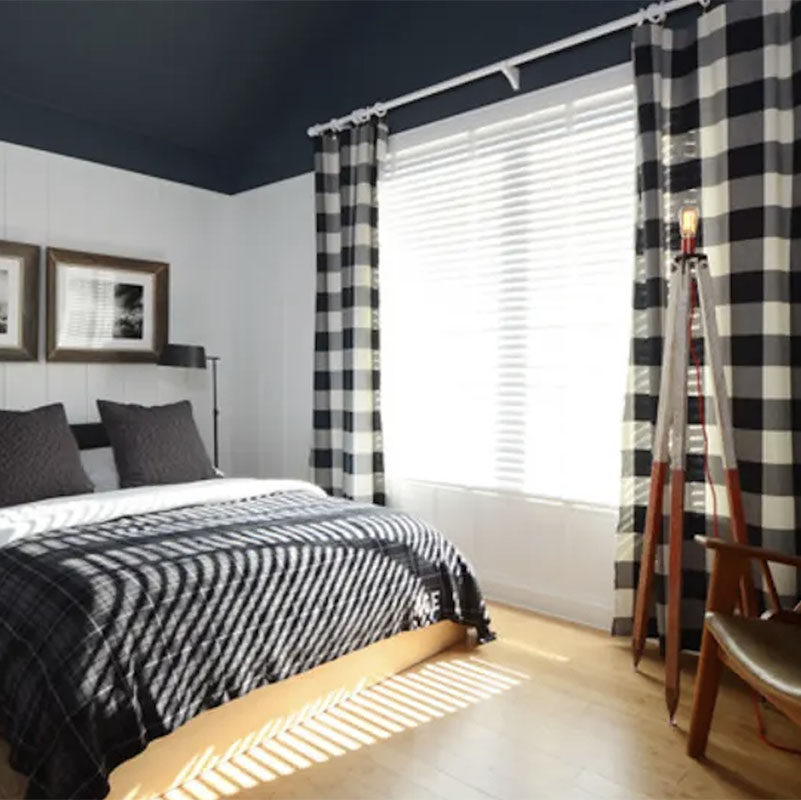Highland Hues to Urban Grays: The Versatile Charm of a Plaid Interior

Plaid, with its interlocking lines and timeless appeal, is a fabric pattern that transcends trends and adapts effortlessly to a myriad of interior design styles. From the cozy comfort of a country cottage to the sleek sophistication of a city loft, plaid offers a unique blend of heritage and contemporary flair, providing warmth, texture, and a touch of personality to any space. As of June 18th, 2025, plaid continues to be a go-to choice for designers and homeowners looking to infuse their interiors with character and enduring style.
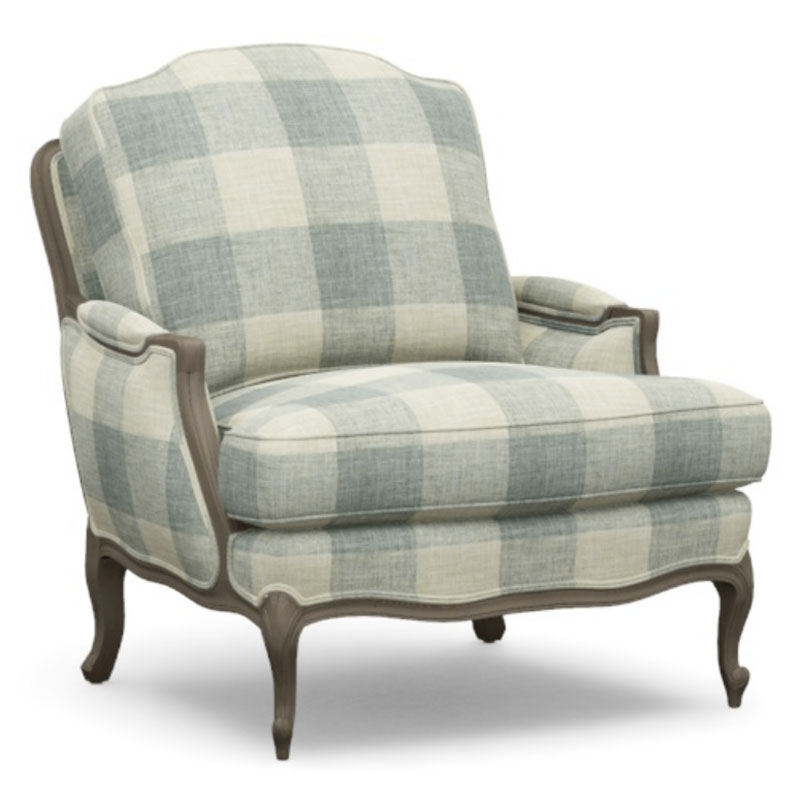
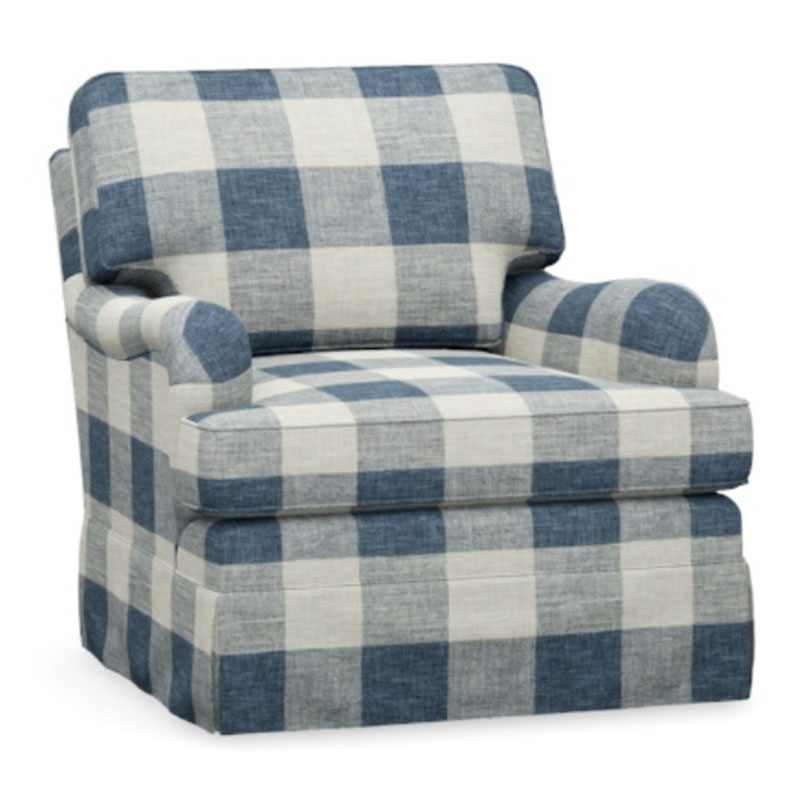
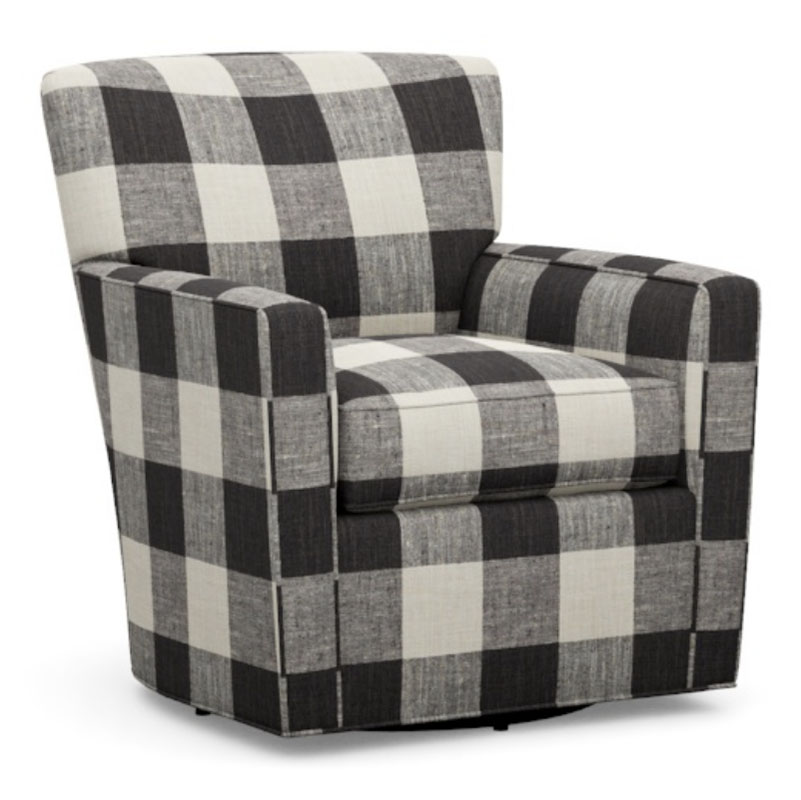
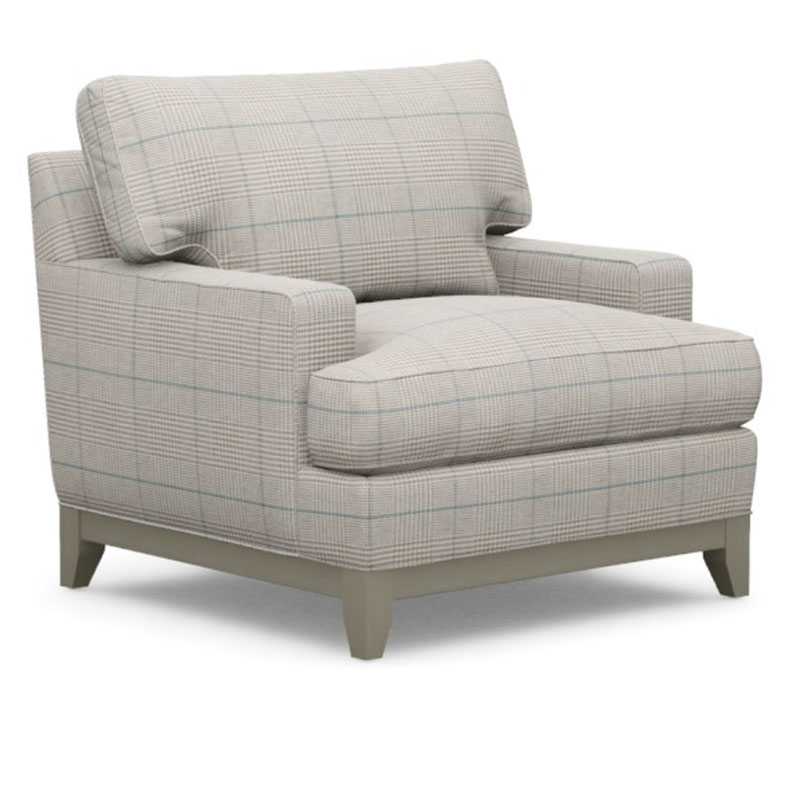
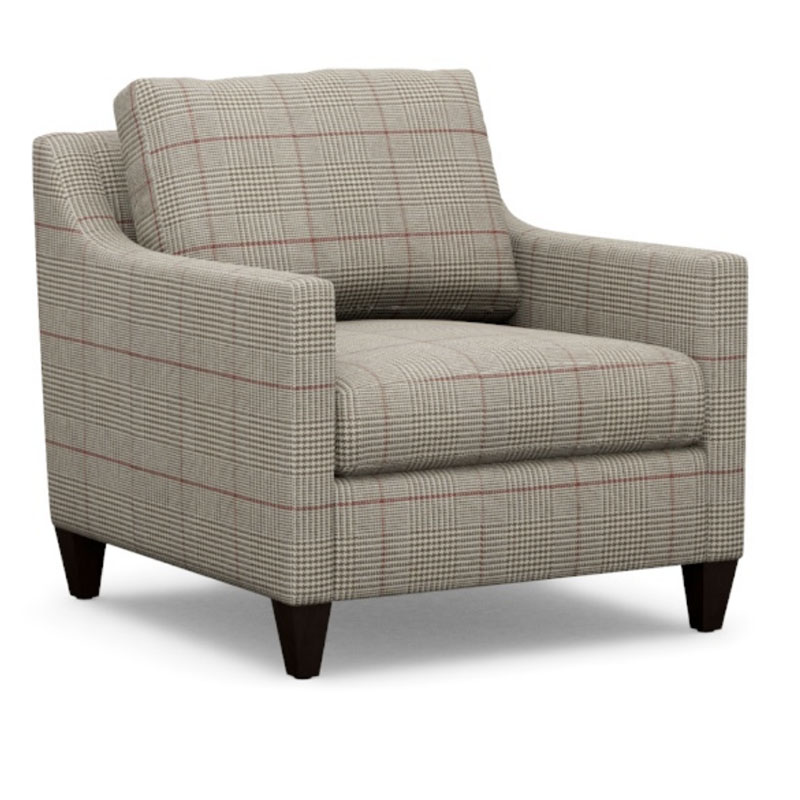
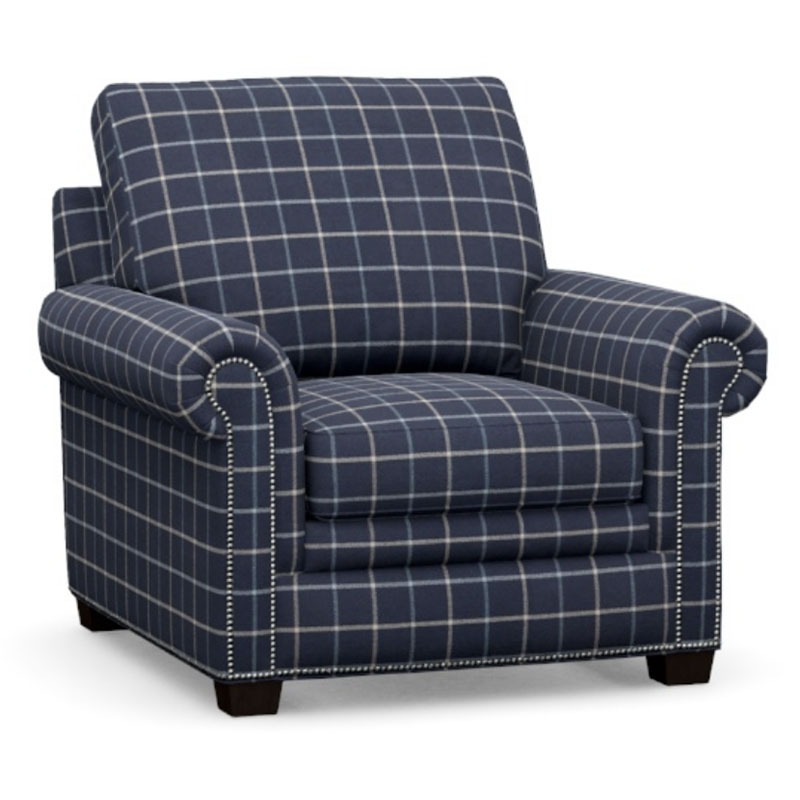
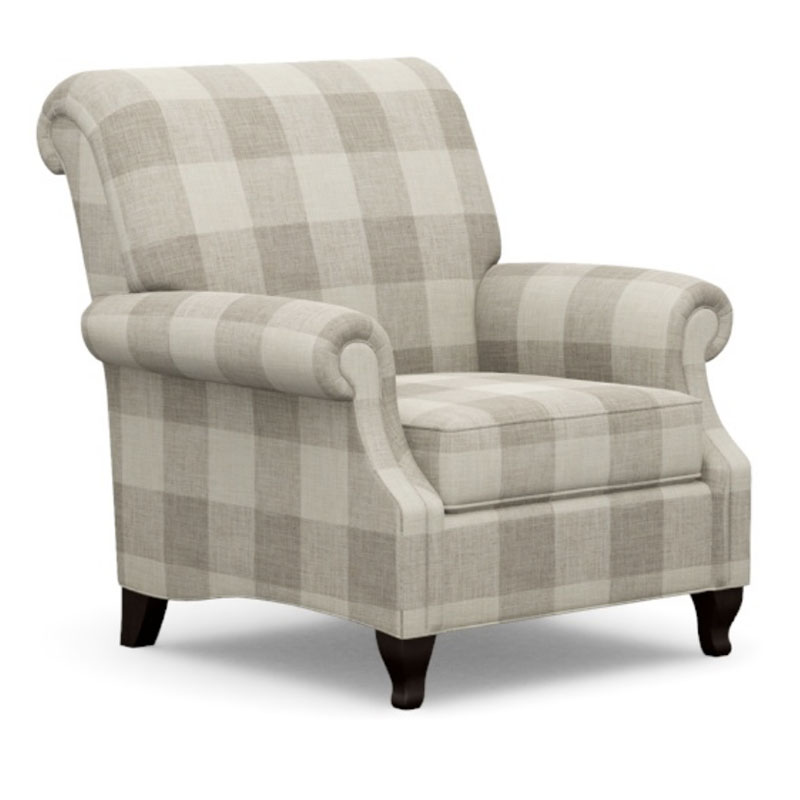
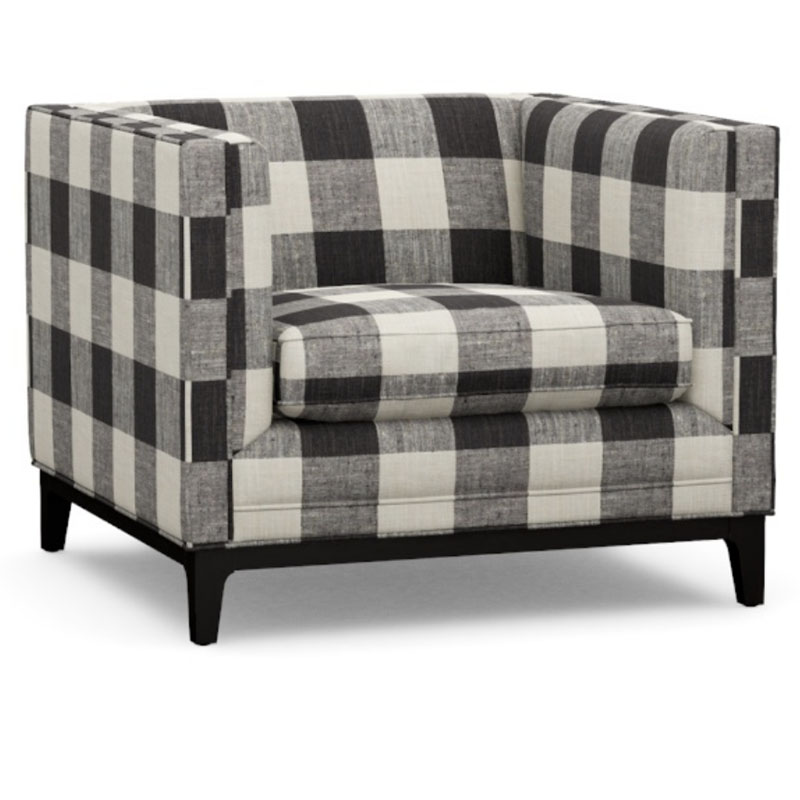
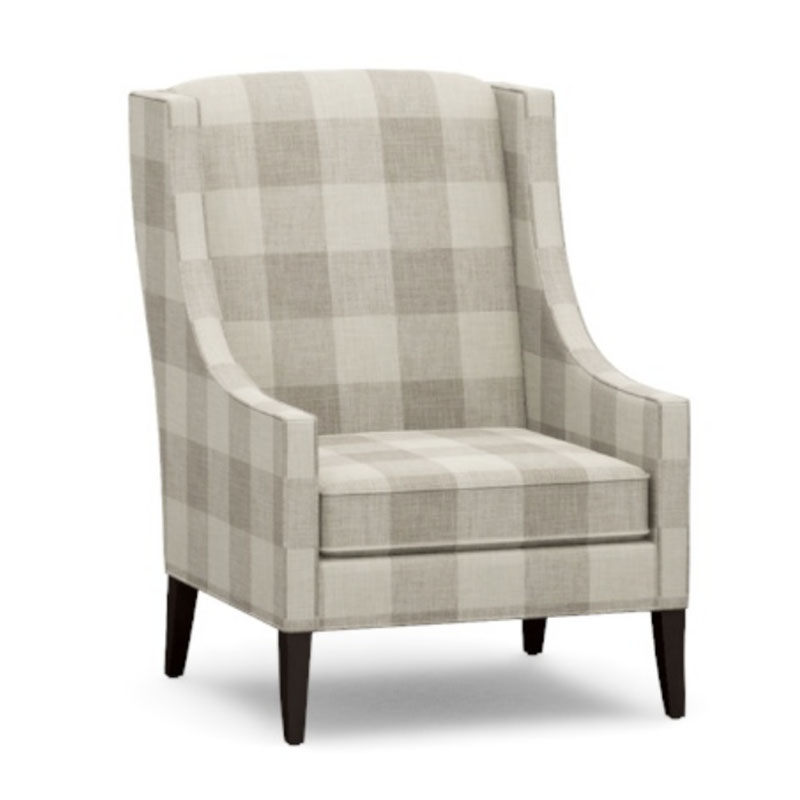
The Enduring Appeal of Plaid
What gives plaid its remarkable versatility? Its strength lies in its inherent structure and the endless possibilities of color combinations. Whether it’s the classic tartan of the Scottish Highlands, the subtle checks of gingham, the rustic charm of buffalo plaid, or the intricate weave of glen plaid, each variation brings its own distinct character. This diverse vocabulary allows plaid to seamlessly transition between vastly different aesthetics.
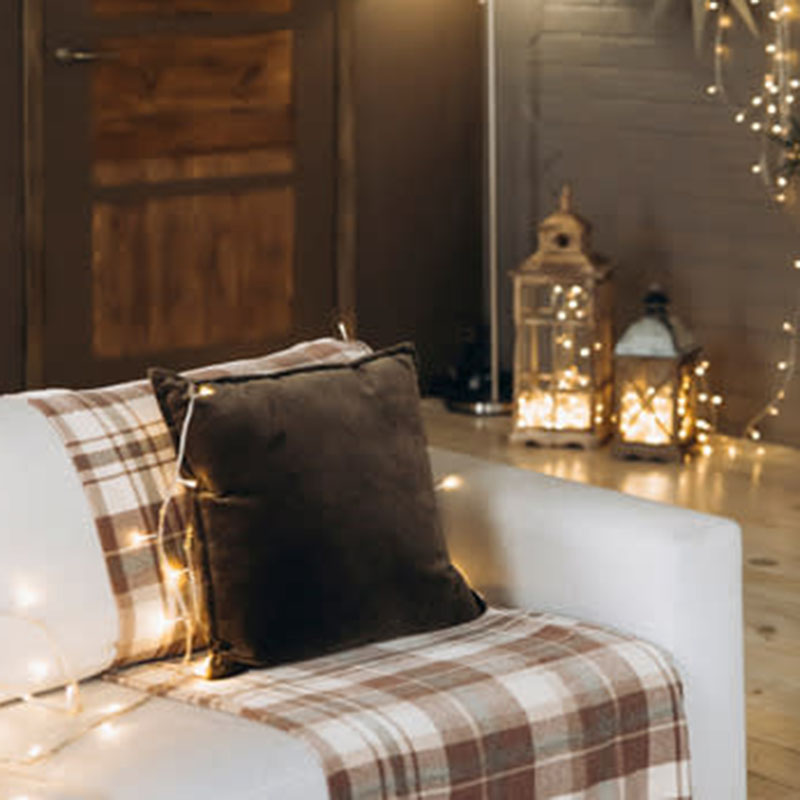
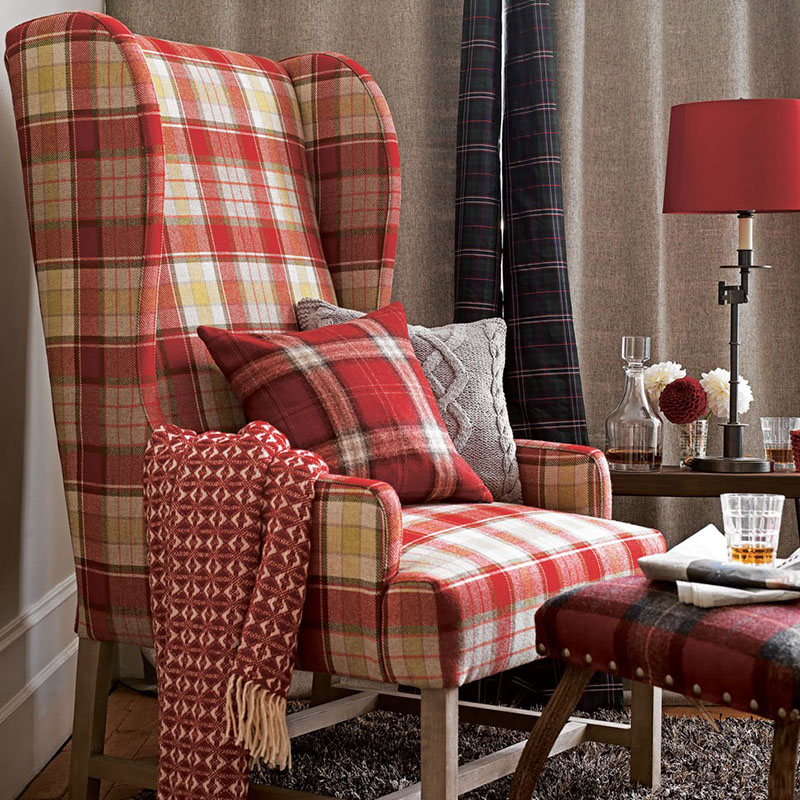
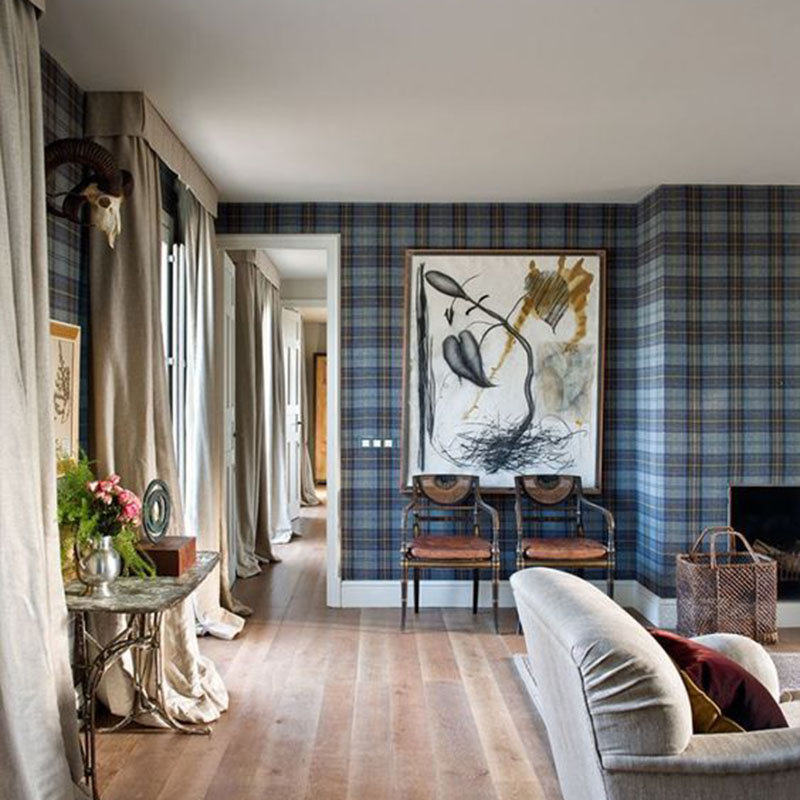
Country Cottage Comfort: Plaid’s Rustic Embrace
In a country cottage, plaid feels right at home. It evokes a sense of tradition, comfort, and a connection to nature. Here, plaid is often used to enhance a cozy, inviting atmosphere:
- Warm Throws and Blankets: A chunky wool plaid throw draped over a sofa or armchair instantly adds warmth and an inviting touch, perfect for snuggling up on a cool evening.
- Upholstered Furniture: A classic armchair or ottoman upholstered in a muted tartan or a soft buffalo plaid can anchor a room, providing a comfortable focal point that speaks to heritage.
- Window Treatments: Simple plaid curtains in cotton or linen can filter light beautifully, adding a touch of rustic charm without overwhelming the space. Consider a smaller check for a more understated look.
- Accent Pillows: A scattering of plaid pillows on a neutral sofa or bed introduces pattern and color, tying together different elements of the room.
- Table Linens: A plaid tablecloth or placemats can transform a dining area, adding a homey, informal feel to meals.
In a country setting, plaids in earthy tones – deep greens, rich browns, muted reds, and creamy beiges – are particularly effective. Pairing them with natural materials like wood, stone, and rattan further enhances the rustic appeal.
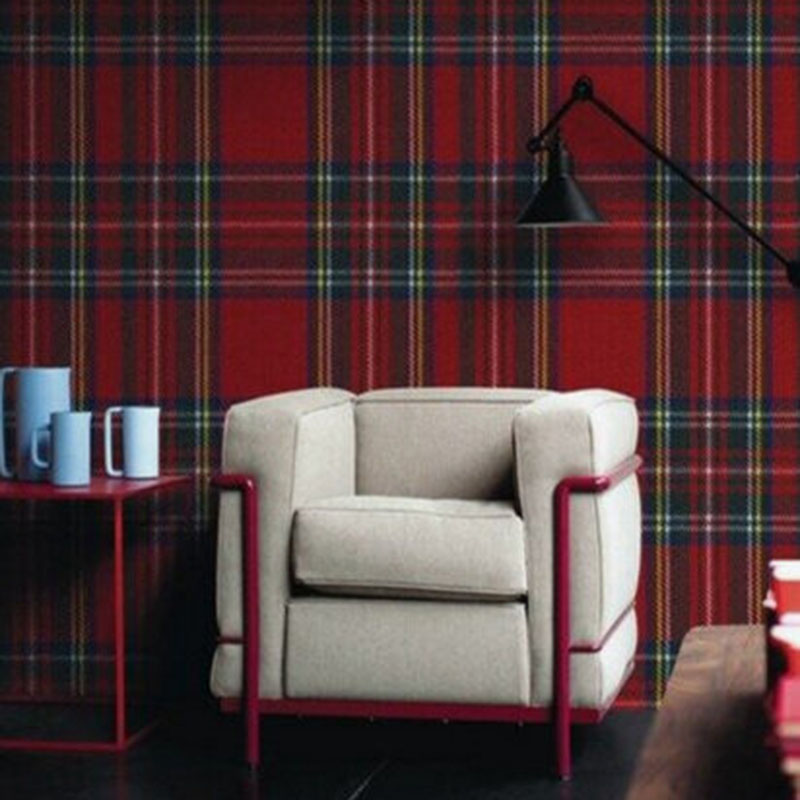
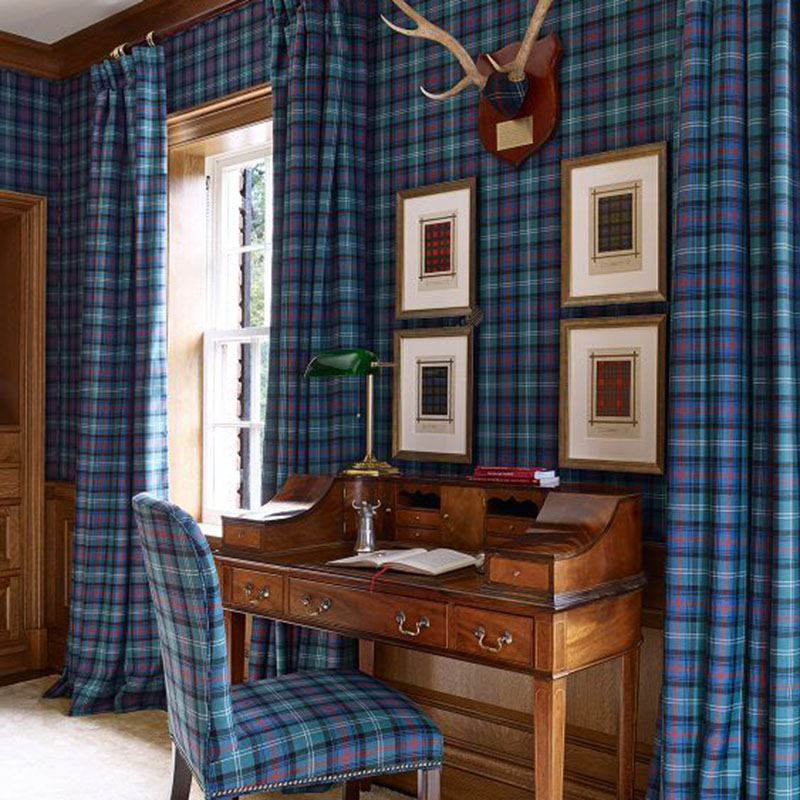
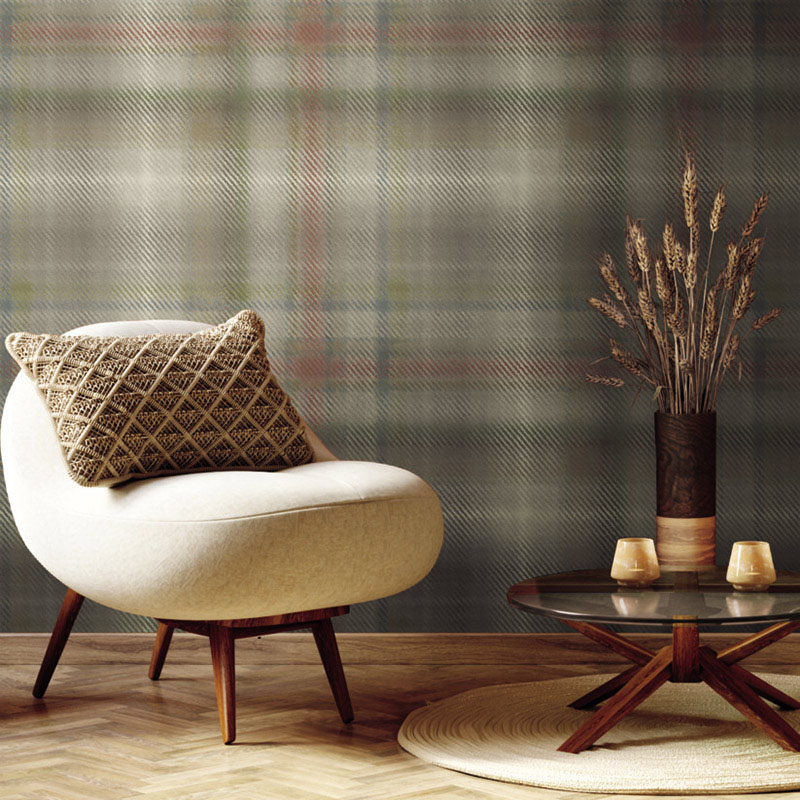
City Loft Chic: Plaid’s Modern Edge
Surprisingly, plaid can be just as impactful, if not more so, in a modern city loft. Here, it takes on a different persona, offering a touch of unexpected softness, a graphic punch, or a sophisticated layer of texture against sleek lines and industrial materials.
- Statement Upholstery: Imagine a contemporary sofa or a pair of sleek accent chairs upholstered in a large-scale glen plaid or a subtle houndstooth. This unexpected choice can add an element of sartorial elegance and visual interest to a minimalist space.
- Area Rugs: A large plaid area rug can define a living space in an open-plan loft, adding warmth and a distinct pattern to concrete floors or polished wood. Consider geometric or more abstract plaid designs in cooler tones like grays, blacks, and deep blues.
- Window Blinds or Roman Shades: Rather than heavy drapes, sleek plaid Roman shades can provide privacy and light control while contributing a sophisticated pattern that complements the urban aesthetic.
- Bedding: For a bedroom in a city loft, a plaid duvet cover or shams in a crisp cotton or linen can introduce a comforting yet stylish element. Think monochromatic plaids or subtle two-tone variations.
- Art and Accessories: Framed plaid fabric swatches as wall art, or plaid-patterned vases and decorative objects, can inject subtle touches of the pattern without overwhelming a minimalist design.
In a city loft, plaids in monochromatic schemes, cool grays, deep charcoals, crisp whites, and even pops of vibrant jewel tones can work wonders. Pairing them with materials like exposed brick, concrete, metal, and glass creates a dynamic contrast that highlights plaid’s modern versatility.
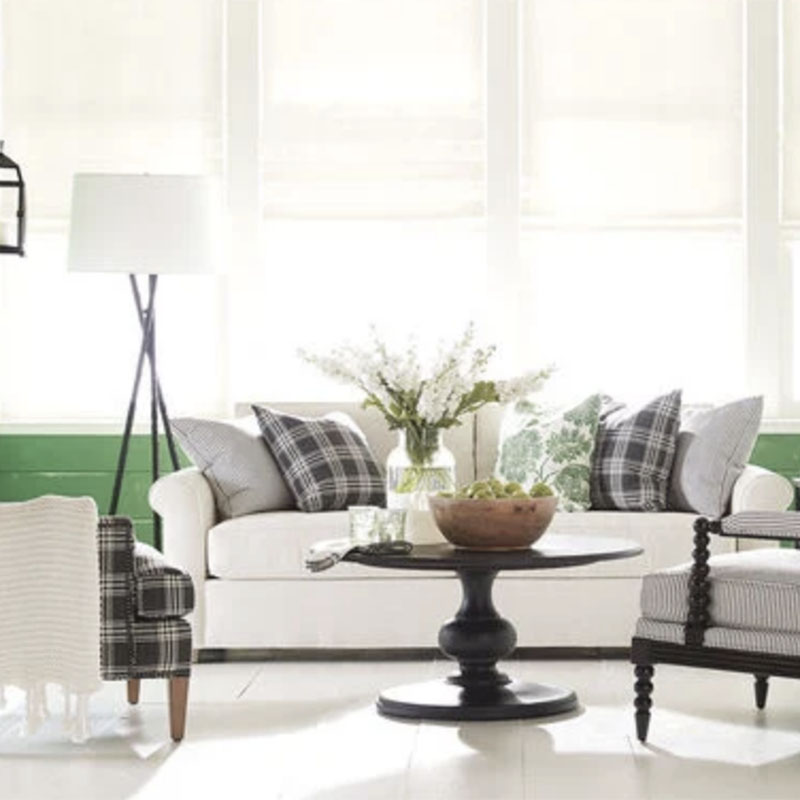
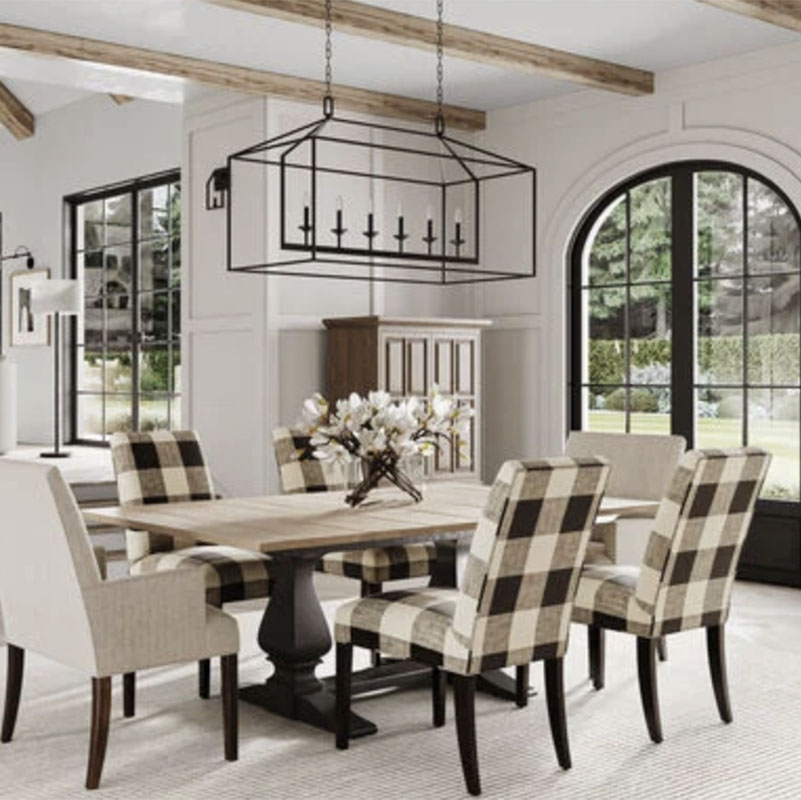
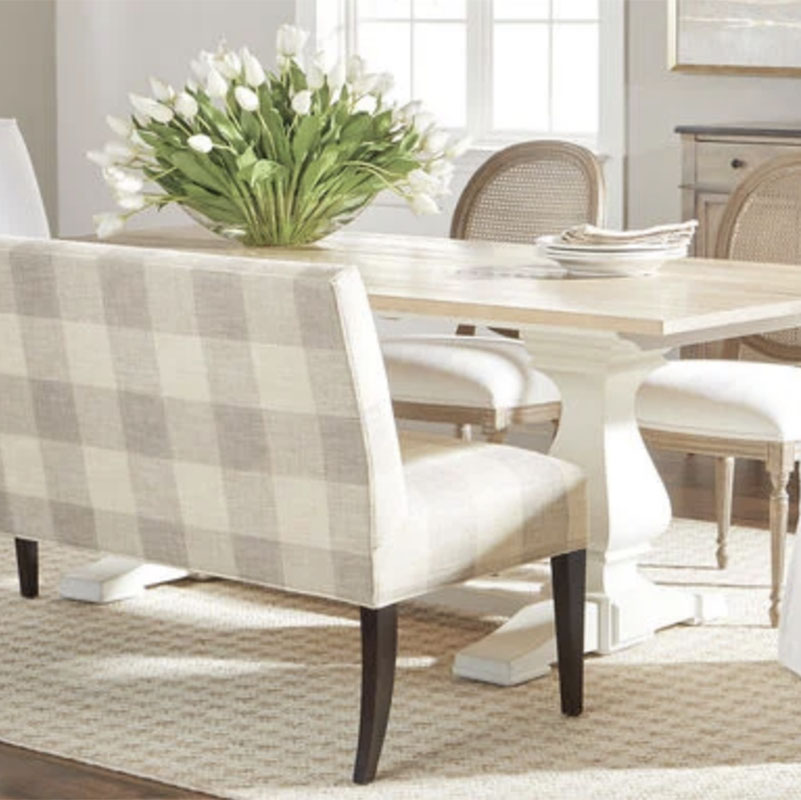
Tips for Integrating Plaid into Your Design:
- Scale Matters: Consider the size of the plaid pattern in relation to the size of the room and the furniture. Large-scale plaids work well in larger spaces and on statement pieces, while smaller checks are better for accents or more delicate applications.
- Mix and Match (Carefully): Plaid can surprisingly work well with other patterns, but do so with intention. Combine it with solids, stripes, or subtle geometrics. Varying the scale of patterns is key to creating a harmonious look.
- Color Harmony: Choose plaid colors that complement your existing palette. You can either pick a plaid that contains colors already in your room or introduce a new accent color through the plaid.
- Less is More (Sometimes): While plaid is versatile, too much can be overwhelming. Start with a few key pieces and build up if you feel the need.
- Consider Texture: The texture of the plaid fabric can greatly influence the overall feel. Wool for warmth, linen for a relaxed look, and polished cotton for a more refined touch.
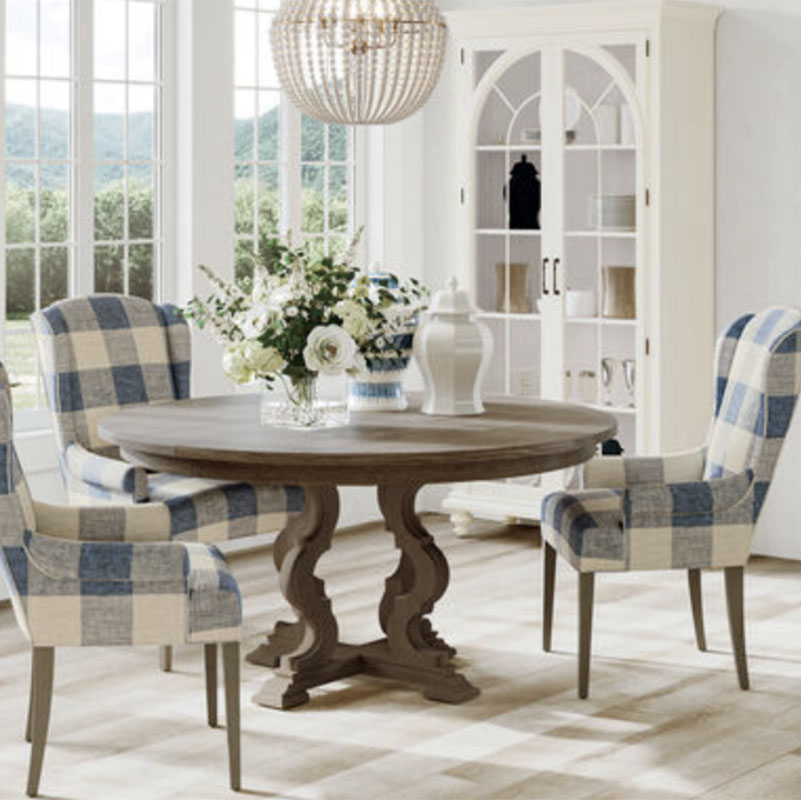

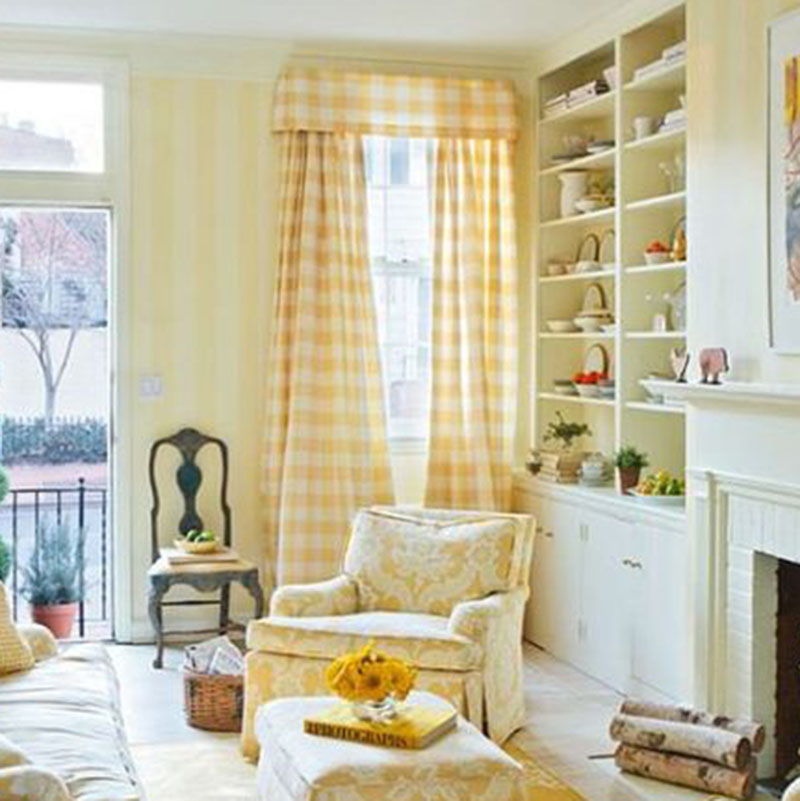
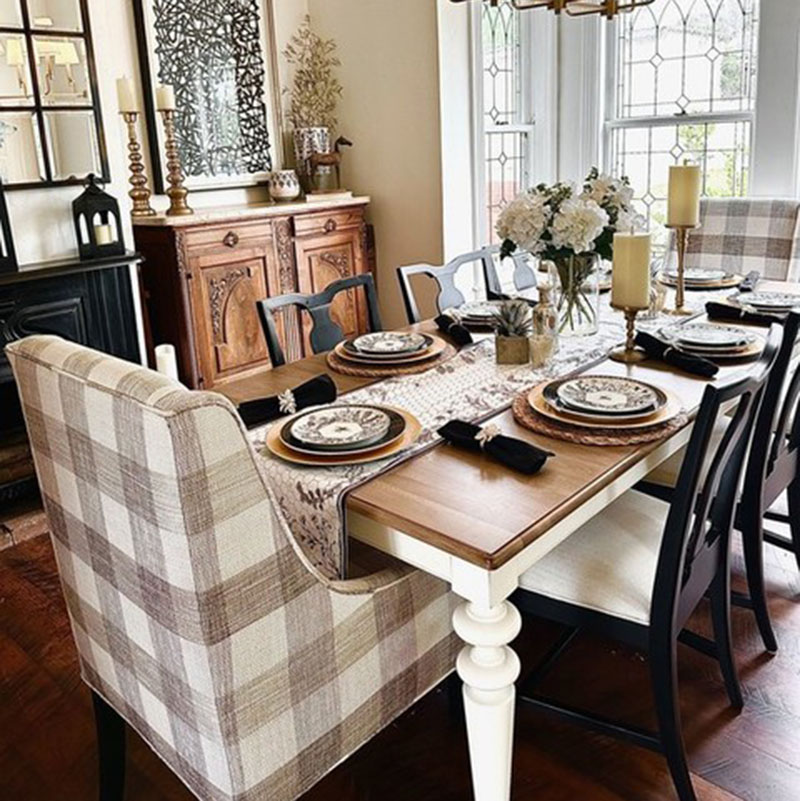
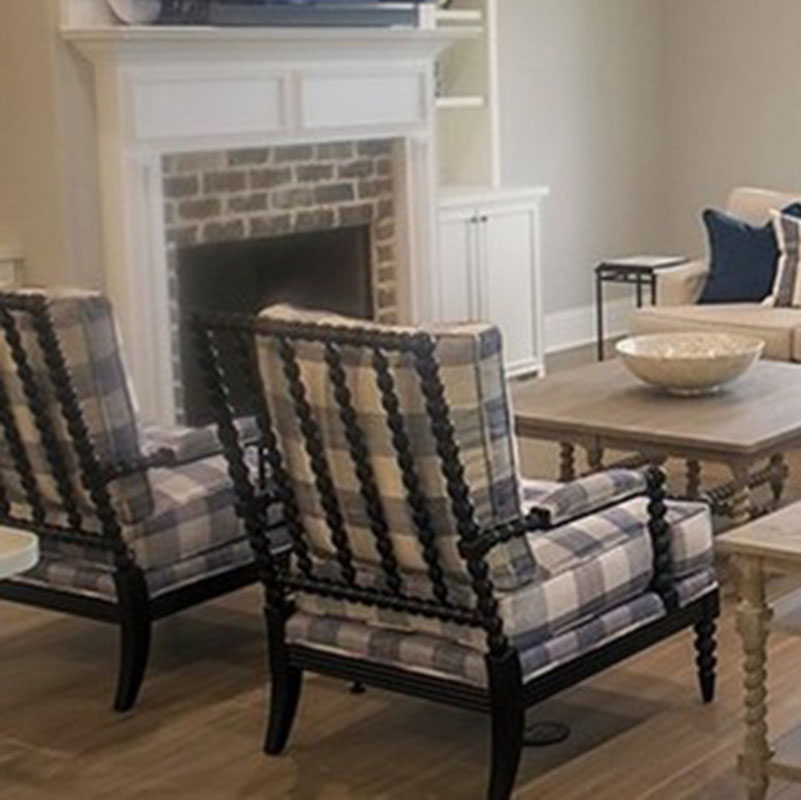
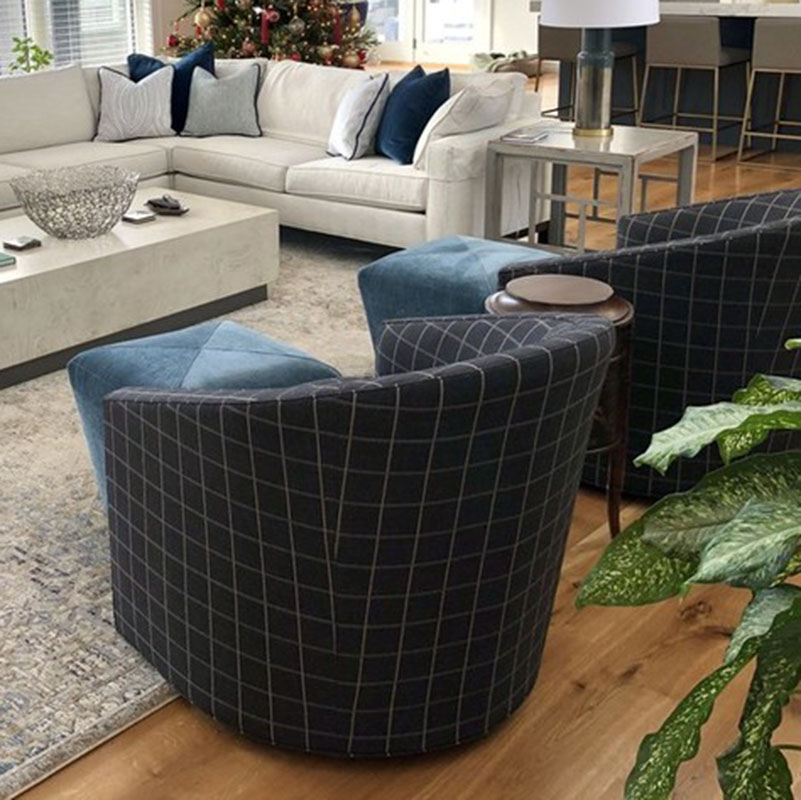
From the comforting hearths of a country cottage to the panoramic views of a city loft, plaid proves itself to be an exceptionally adaptable and enduring pattern in interior design. Its ability to evoke a sense of tradition, infuse spaces with personality, and provide both warmth and contemporary edge ensures its continued prominence in homes across the stylistic spectrum. So, whether your aesthetic leans towards rustic charm or urban sophistication, don’t shy away from the timeless allure of plaid – it just might be the perfect touch your space needs.
